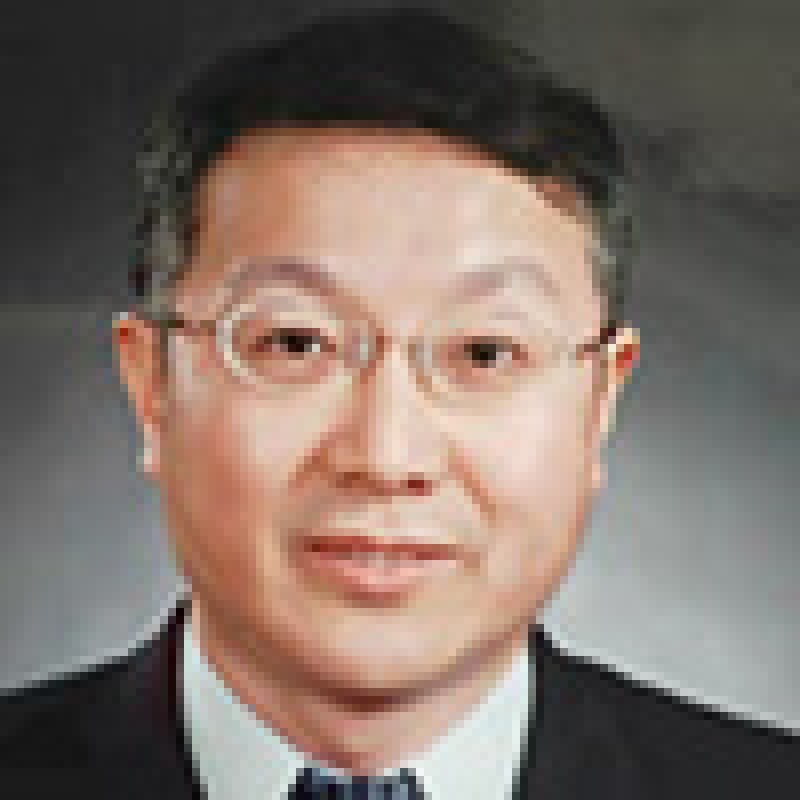The right of trademark owners to exclude others from using identical or similar marks has been limited by the principle of trademark exhaustion. Once a trademark owner has placed products on the market, the right of a trademark owner to control further circulation of its trademarked product is exhausted. The resale by the first purchaser of the original products is not deemed as trademark infringement. Although there are no provisions regarding the exhaustion of trademark rights under China's Trademark Law, Chinese courts typically uphold this doctrine.
However, with the rapid upgrading of electronic products, recycling the products of a right owner and selling the refurbished products with the right owner's trademark frequently leads to disputes, which has been a growing concern. When a lawsuit is filed, the doctrine of exhaustion of rights is usually cited as a key defence.
One of the guiding principles in trademark law is that trademarks are granted in order to protect consumers. The exhaustion doctrine should not apply when the reseller sells trademarked products that are materially different from those sold by the trademark owner. As materially different products are not original and genuine, consumers are likely to be confused in connection with the source and quality of the products. This principle has been tested and reflected in Chinese cases.
In a case handled by a court in Shenzhen in 2011, the defendant bought used iPhones at a low price as well as counterfeit components bearing the trademark "iPhone". The defendant utilised the used iPhones' CPUs and the counterfeit components to assemble iPhones for sale. By determining that the defendant's refurbished iPhones differed greatly from those produced by Apple in terms of quality, the court held that the defendant's refurbishment would mislead consumers to confuse iPhones made by Apple with refurbished iPhones, which constituted trademark infringement or even trademark counterfeiting.
In Domino Printing Sciences PLC v Guangzhou DuGao Precise Electromechanic Company, et al.( Guangdong High Court (2017)粤民终2659), in the first scenario, the defendant bought old generations of ink-jet printers made by the plaintiff, a renowned British producer, and sold the products of brand E-50 with the original trademark after replacing their one-piece ink tanks. In the second scenario, the defendant bought second-hand mainboards originally produced by the plaintiff and used them to assemble the products of brand A200 together with non-original components for sale.
The trial court pointed out that the precondition of the application of the doctrine of exhaustion should be that the trademark continues to indicate to consumers the initial origin of the products regardless of changes of the distributors of the products. Determining the defendant's replacement of the ink supply system had materially changed the original products, the trial court held that sales of such materially changed products bearing the trademark owned by the plaintiff might confuse consumers as to the source of the products. With regard to the products of brand A200, the trial court reached the same conclusion on the ground that the trademark of the plaintiff had been displayed on the screen of the products when it was turned on, which might mislead consumers. The trial court therefore denied the defence of exhaustion of rights raised by the defendant and determined that the defendant had infringed the trademark rights of the plaintiff in both scenarios.
Guangdong High Court, the appellate court, distinguished the first scenario from the second scenario. With regard to the products of brand E-50, concurring with the trial court, the appellate court held that the sale of the materially changed products would undermine the traditional functions of trademarks as indicators of origin and the guarantee of consistent quality, and would ultimately impair the goodwill of trademark owners. In contrast, with regard to the products of brand A200, the appellate court took a different view. Granted that i) the defendant did not take the initiative and place the plaintiff's trademarks on its own assembled products and the packages; ii) the trademark was only displayed on the screens of products when the screen was turned on, which implied that the consumer would not have an opportunity to see the trademark of the plaintiff until the screen was turned on; and iii) display of the trademark was caused by the software originally inserted in the mainboards by the plaintiff, and the defendant did not make the trademark of the plaintiff appear on the screen, the appellate court accordingly held that sale of such assembled products was little likely to either cause confusions to consumers or impair the trademark's functions. After considering that recycling the second-hand mainboards could fully utilise social resources and result in resource-saving, with regard to the second scenario, the appellant court upheld the defendant's defence of exhaustion of rights. Nevertheless, the appellant court pointed out that it would not have supported the application of exhaustion of rights in the second scenario if the defendant had proactively placed the trademark of the plaintiff on its assembled products.
The Domino case has been highly regarded as one of the landmark IP-related cases of the year 2018 by the China Supreme Court. Specifically, it illustrated the basic principles that Chinese courts applied in dealing with the doctrine of exhaustion of trademark rights and the boundary of its application. To determine whether repair, refit, recycle and refurbishment constitute trademark infringement or comply with the exhaustion of rights, it is necessary to see if these behaviours affect the original trademark's functions and quality assurance, that is, whether they damage the goodwill of the trademark owner or mislead consumers.
However, there is a way to go before Chinese courts develop comprehensive rules to cope with increasingly complex circumstances. For instance, an unsolved matter is whether a change of non-physical characteristic should be considered when current principles are tested by the courts. In respect of this, well-established precedents in the US may provide insightful analysis and remarks. In Beltronics v Midwest Inventory Distribution LLC (562 F.3d 1067 (10th Cir. 2009), Midwest argued that its changes were not material because the changes solely involved the product's warranty. Refusing this argument, the court held that even though there might be no physical change in the products, there was a material difference in the non-physical characteristics. As Midwest did not offer the same warranty as Beltronics did, the court held that this constituted a material difference. Therefore, going beyond physical difference, material differences in warranty, customer service or consumer benefits should also be considered, as these differences may also impair the goodwill of the trademark holders.

|

|
Tom Zhang |
Linda Zhao |
GoldenGate LawyersSuite 2311-12, The Spaces International Center No.8 Dongdaqiao Road, Chaoyang District Beijing 100020, ChinaTel: +8610 5870 2028mail@goldengatelawyers.com










